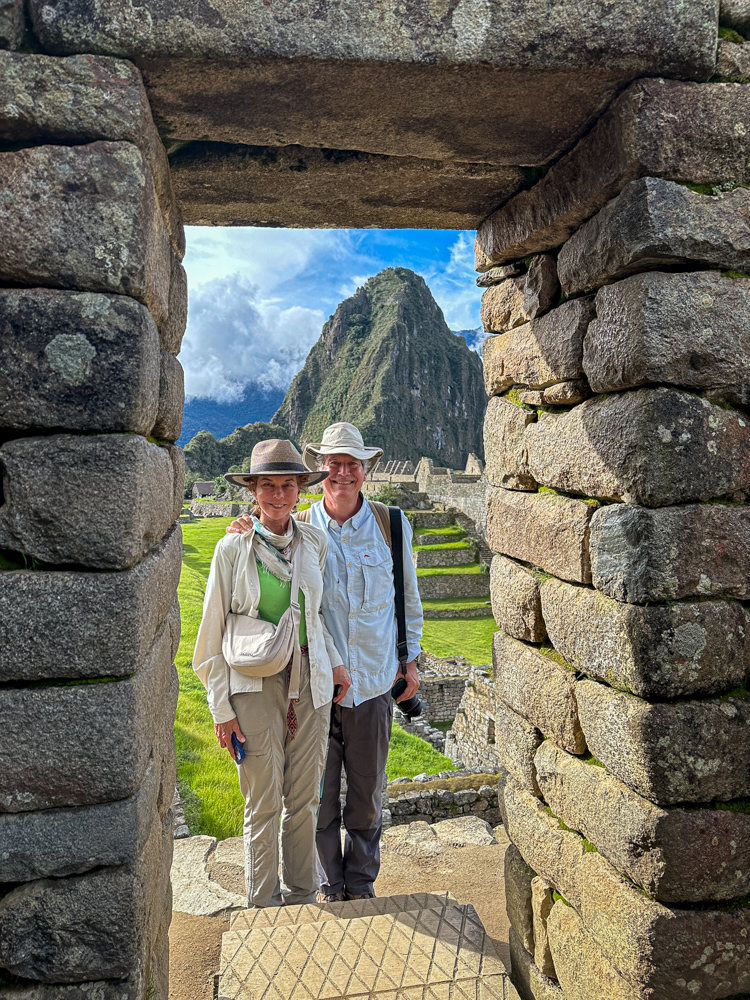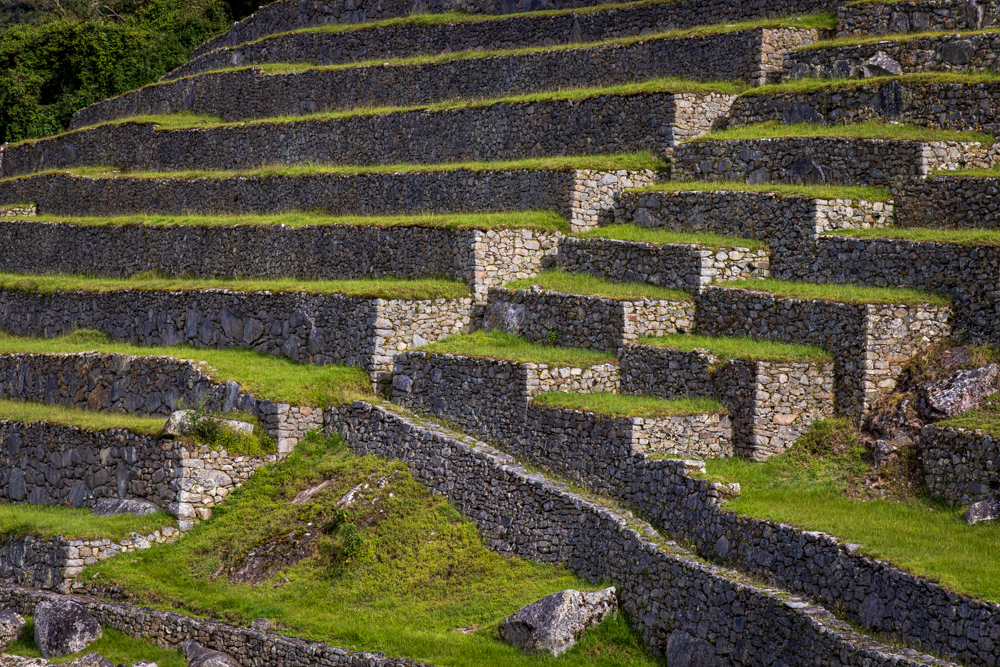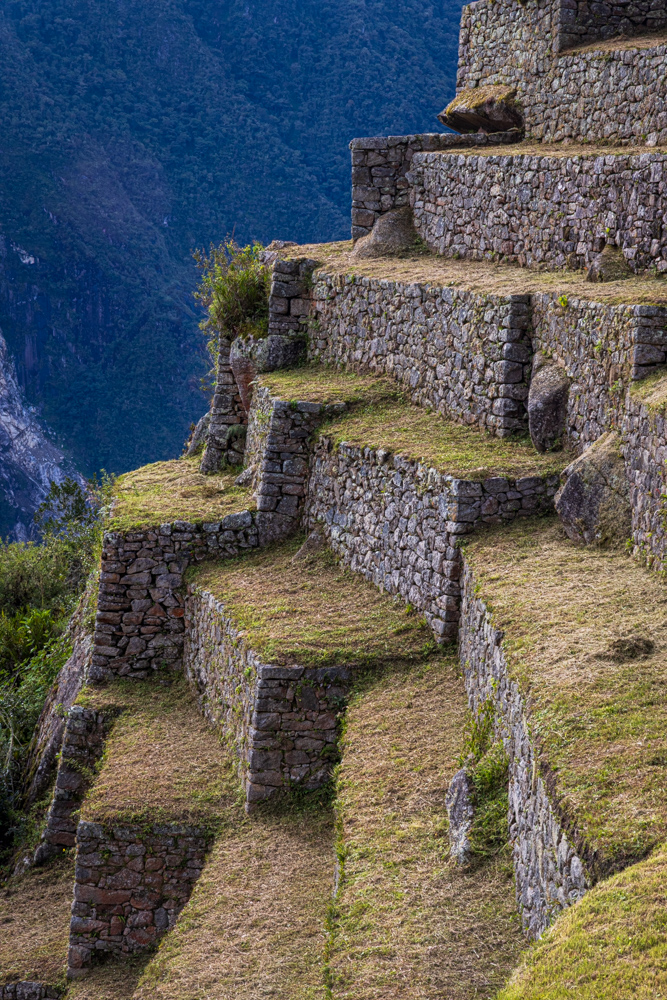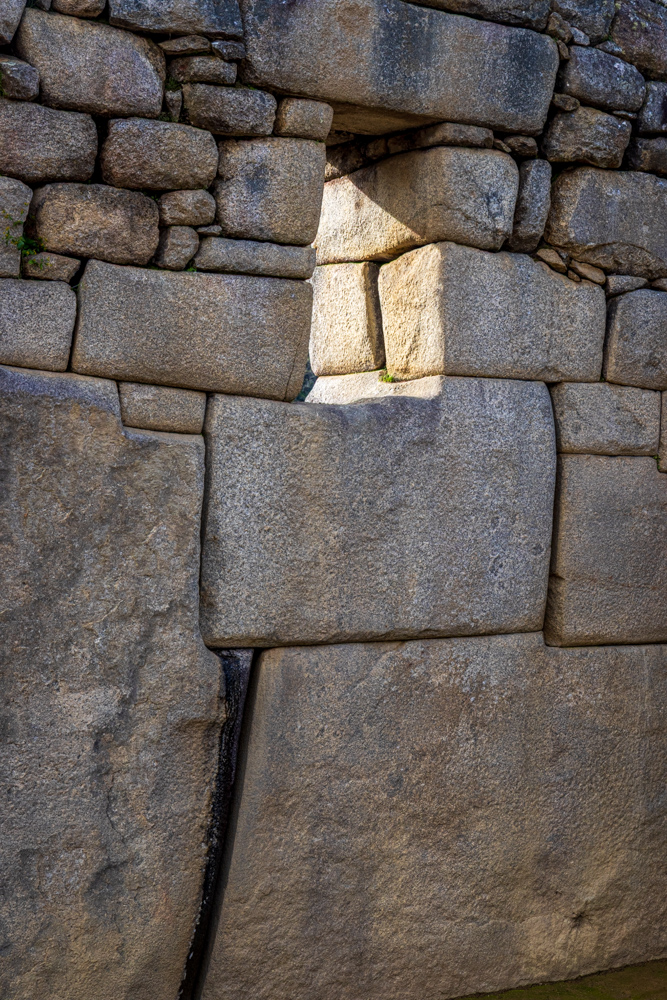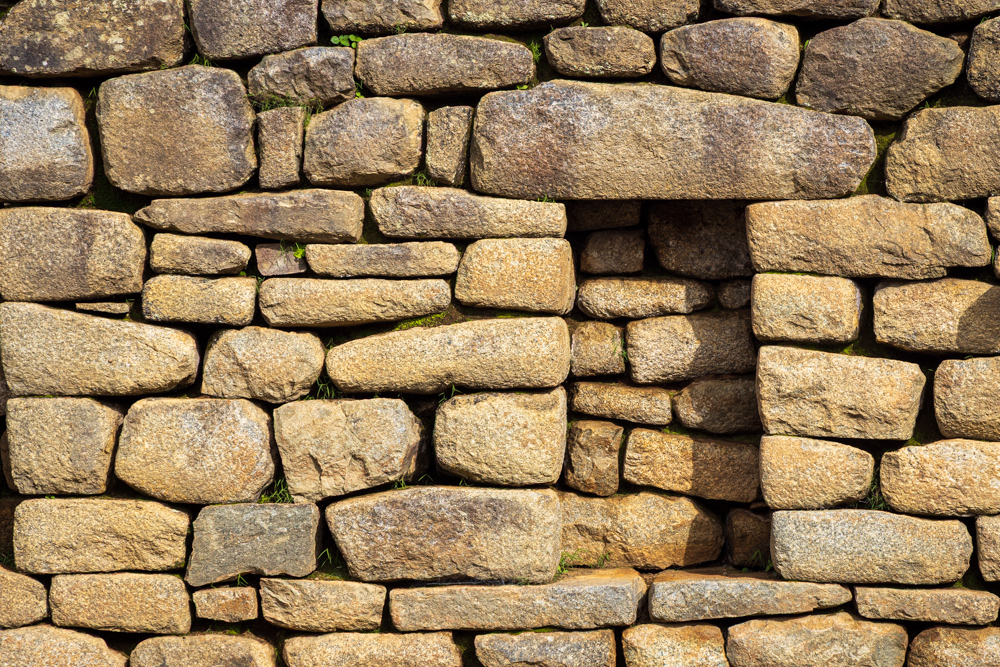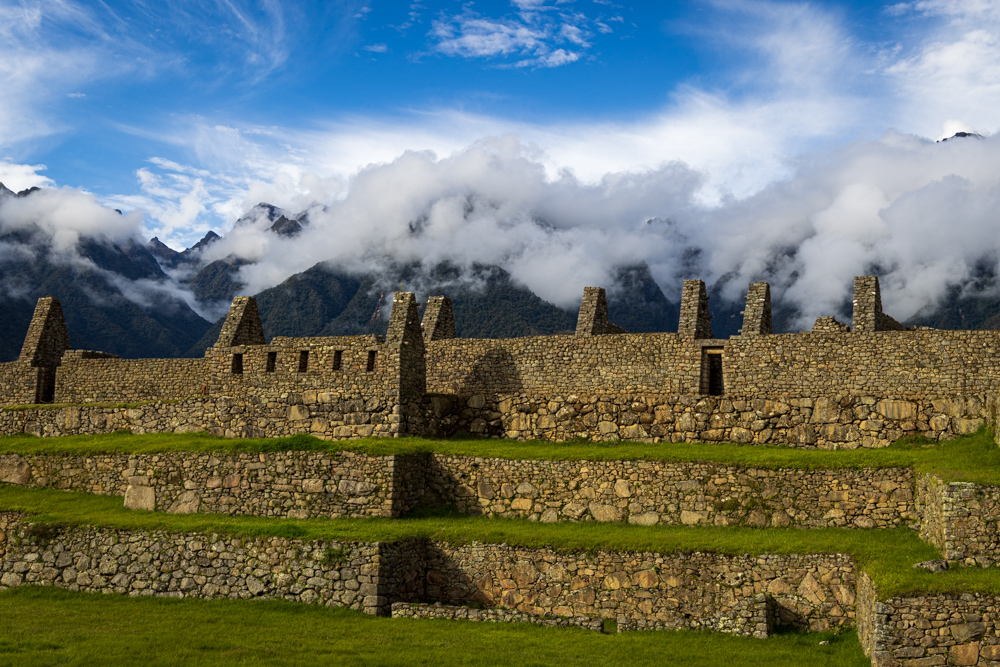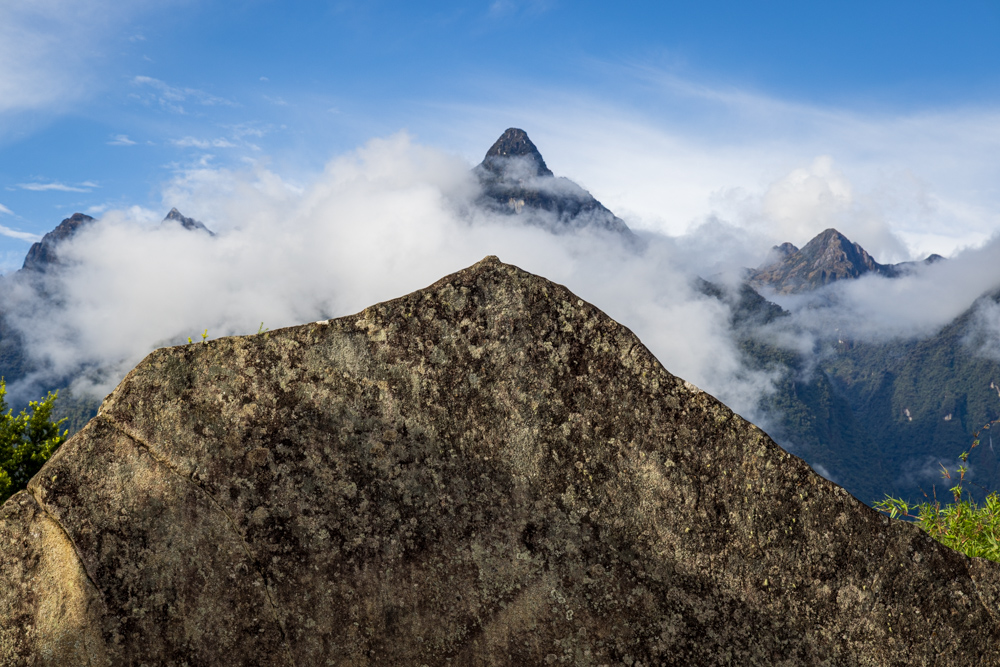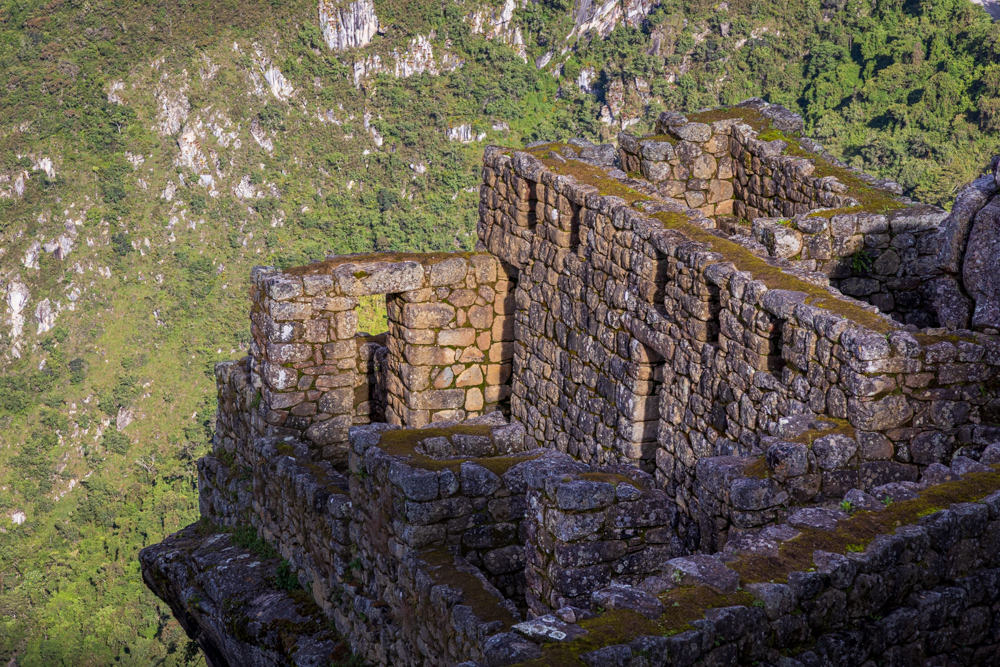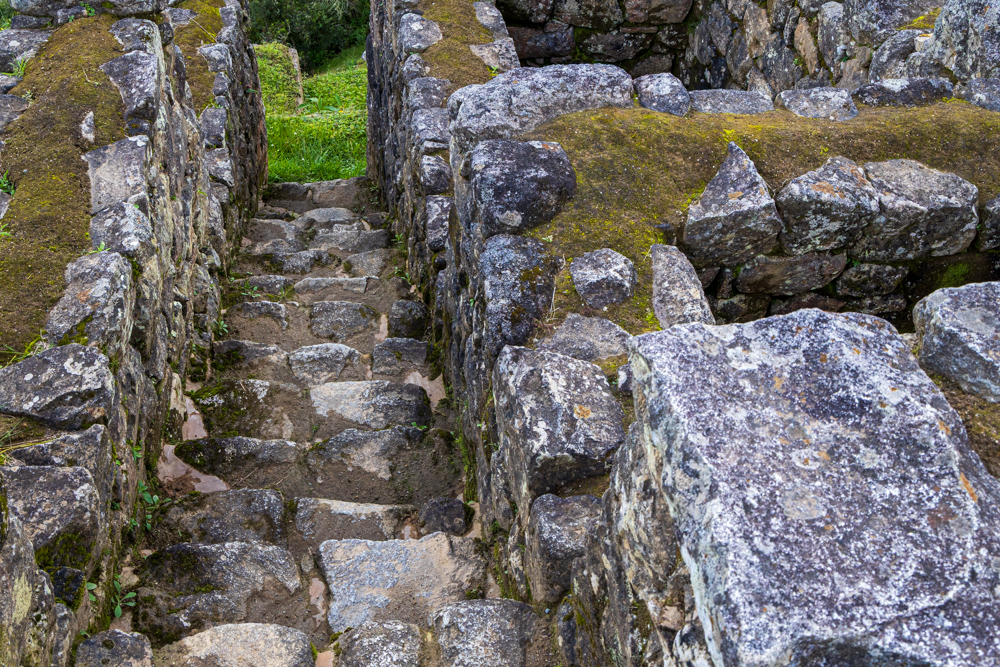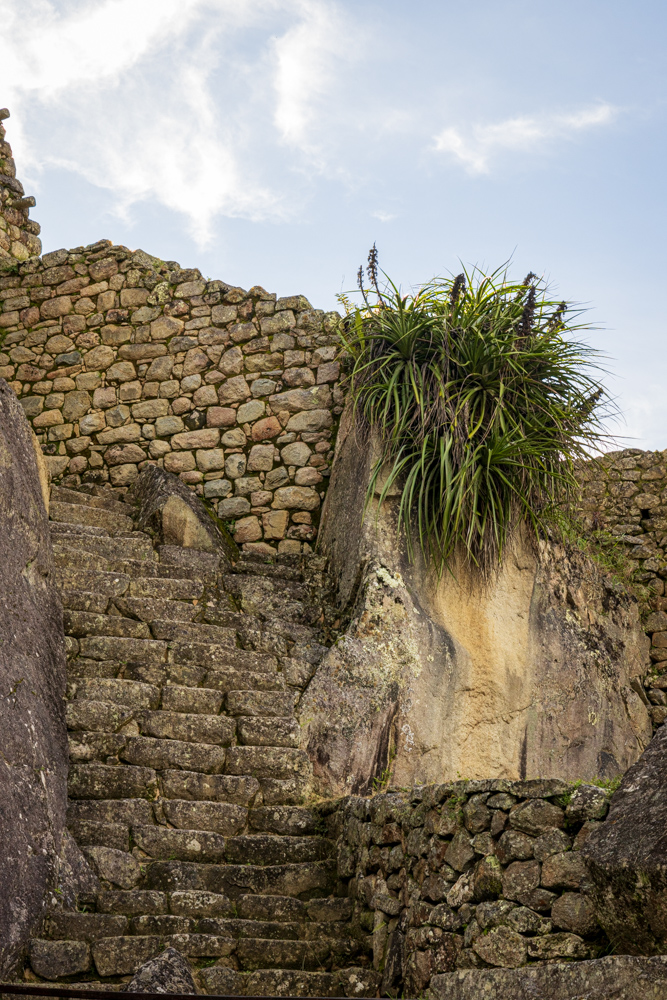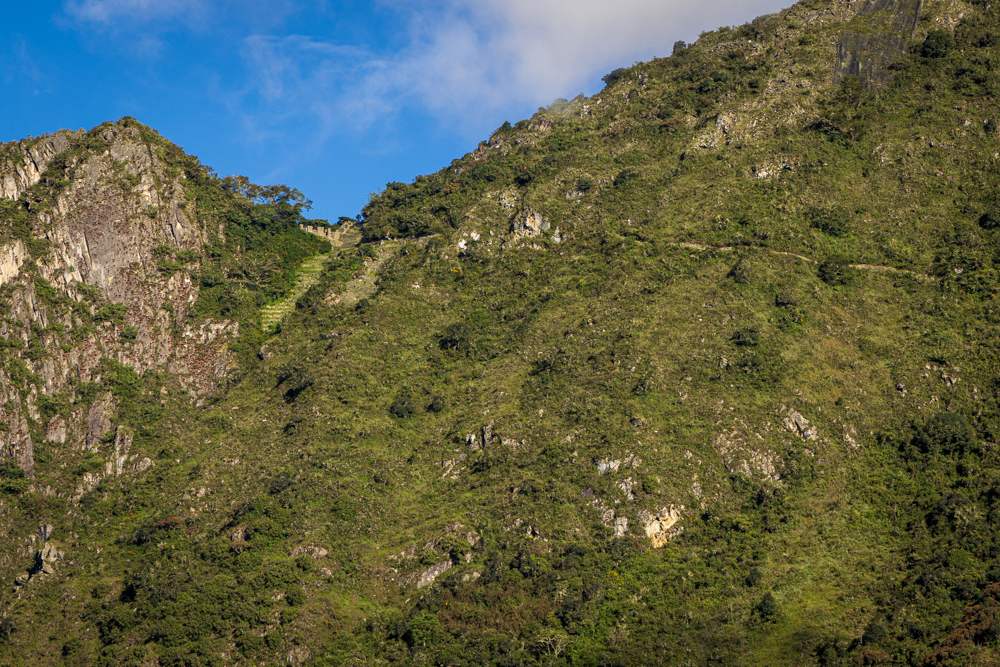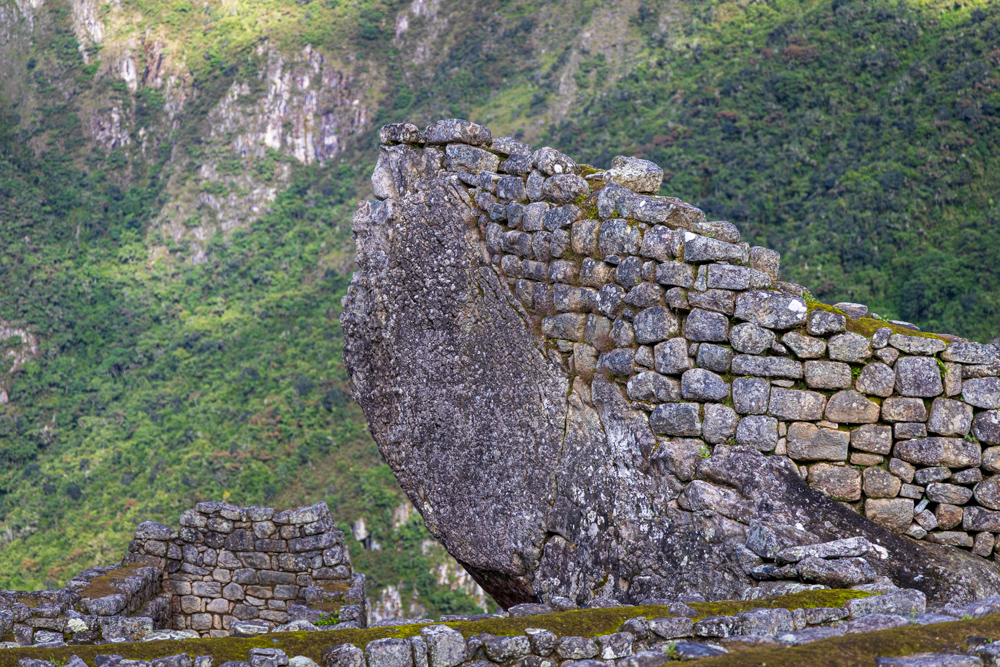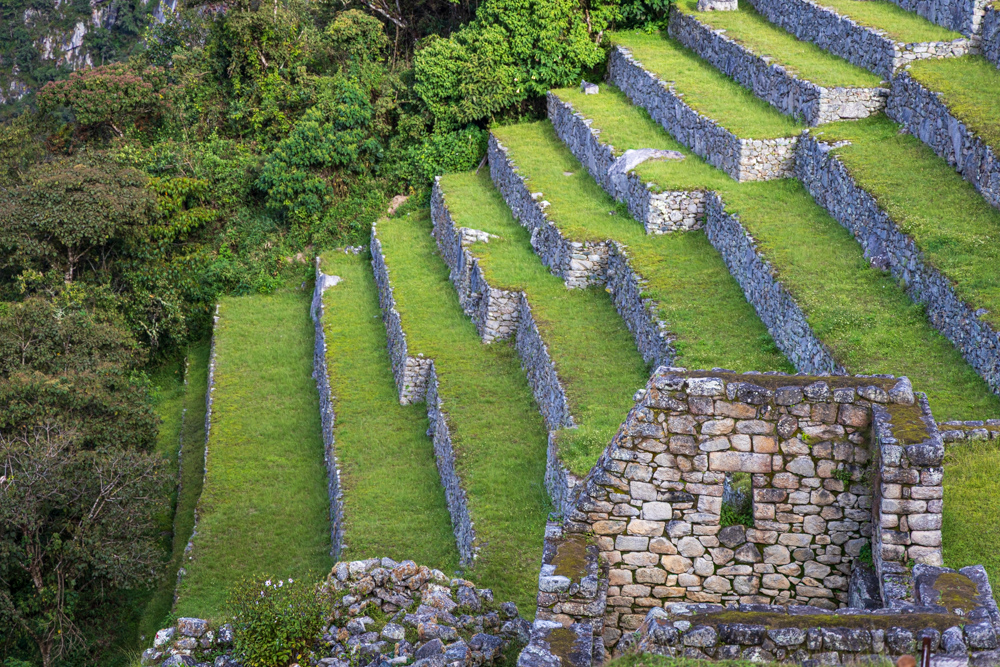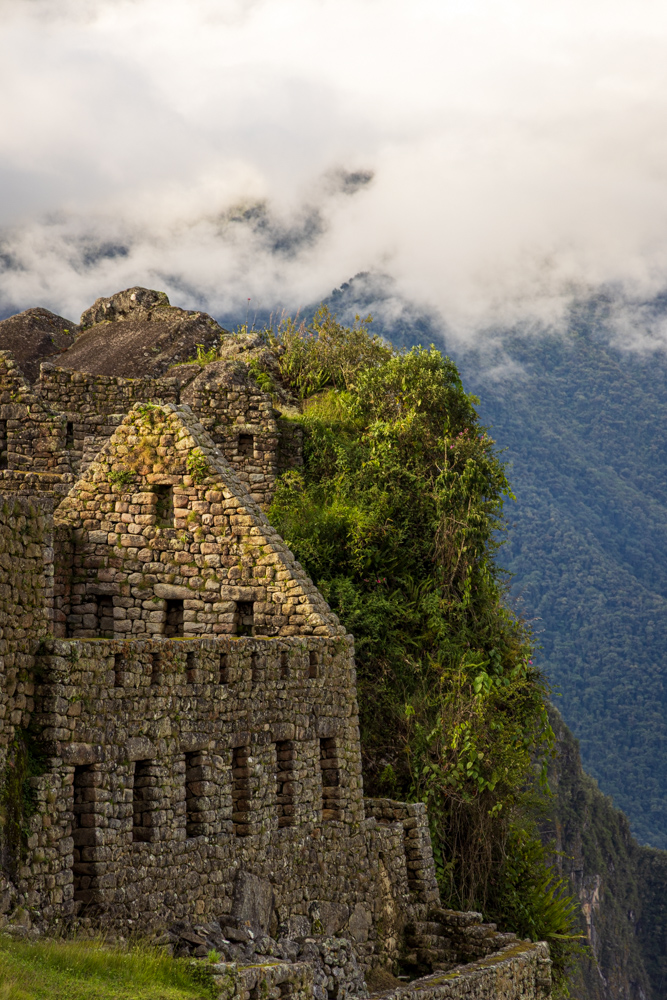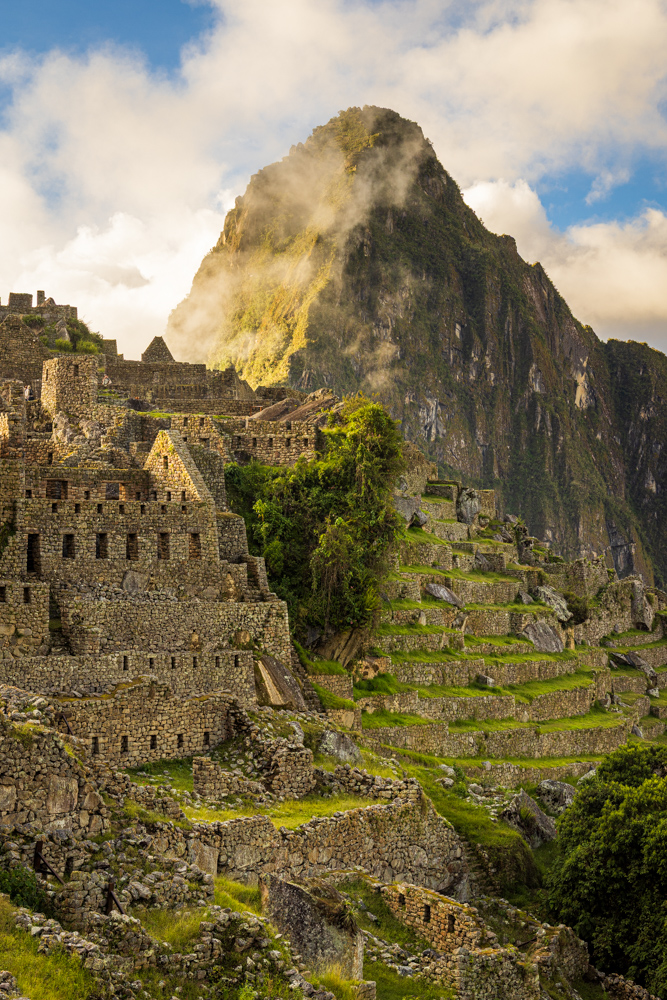Saturday - 13 April 2024 - Today would be a long one - up early to check out and head toward Machu Picchu.
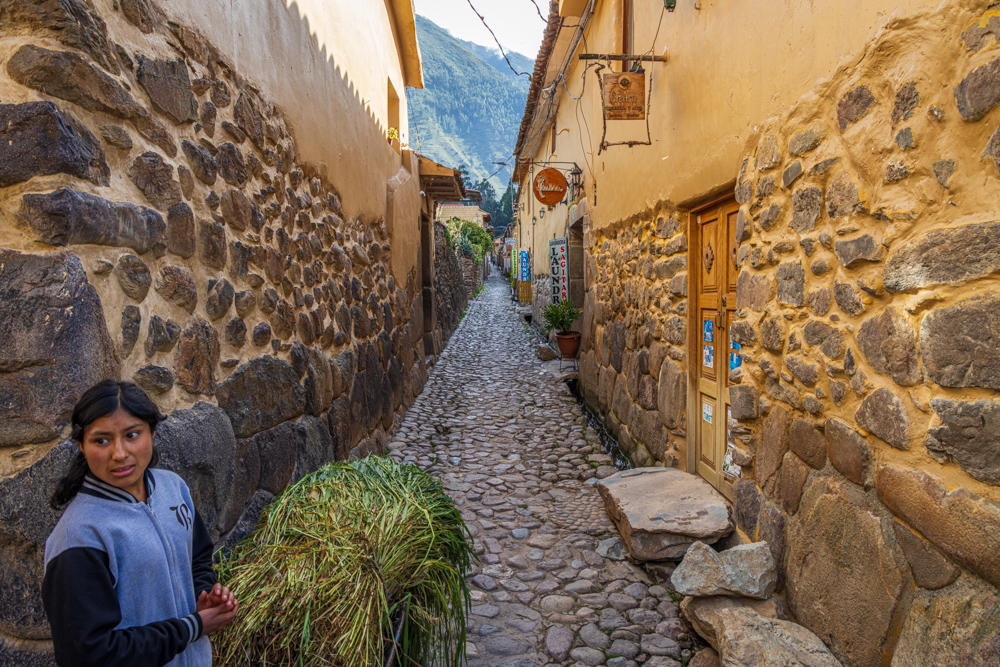
The young girl is taking alfalfa to her 100 or so Cuys.

Cool to see a business using a door from the 1400s.
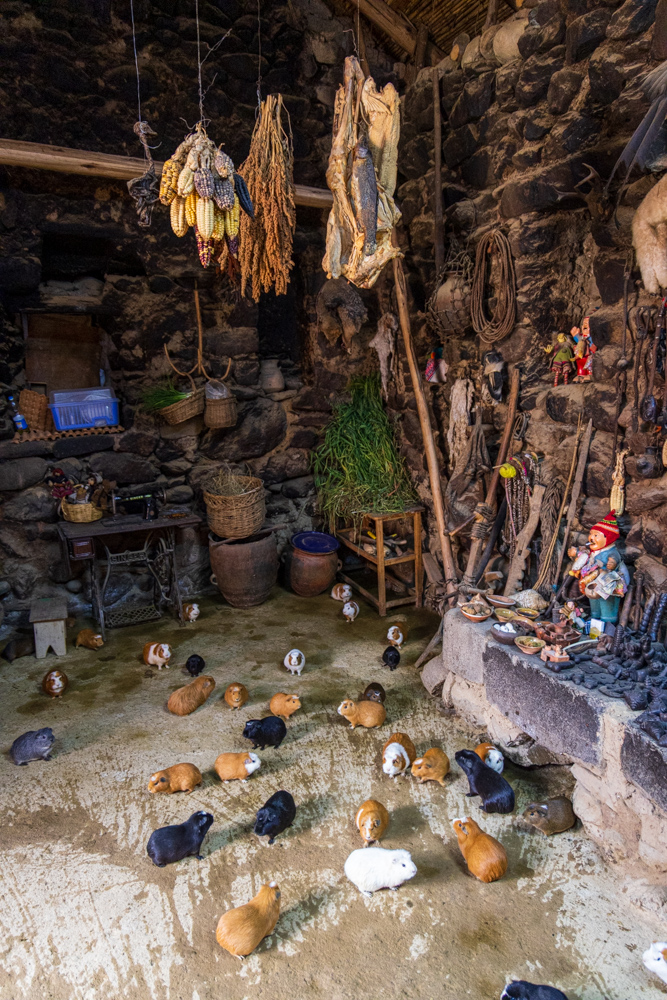
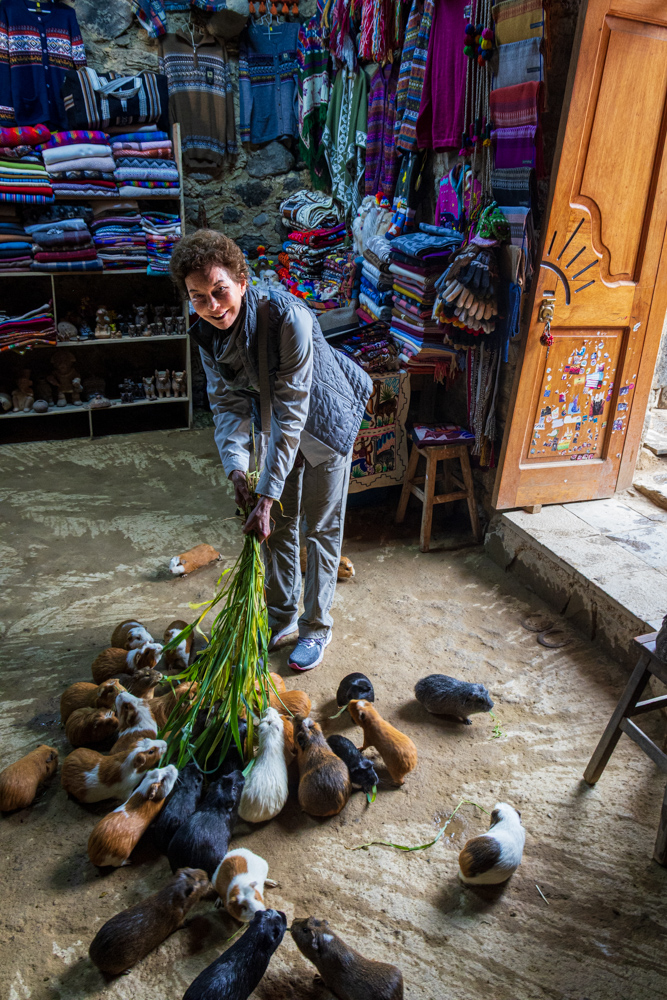
Cal feeding the little Cuy.
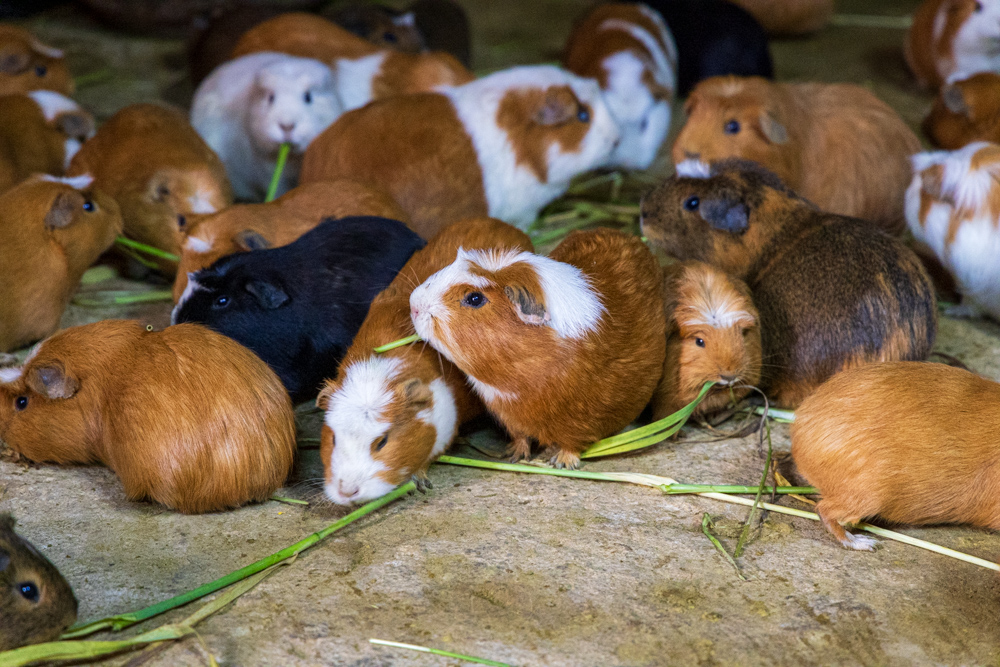
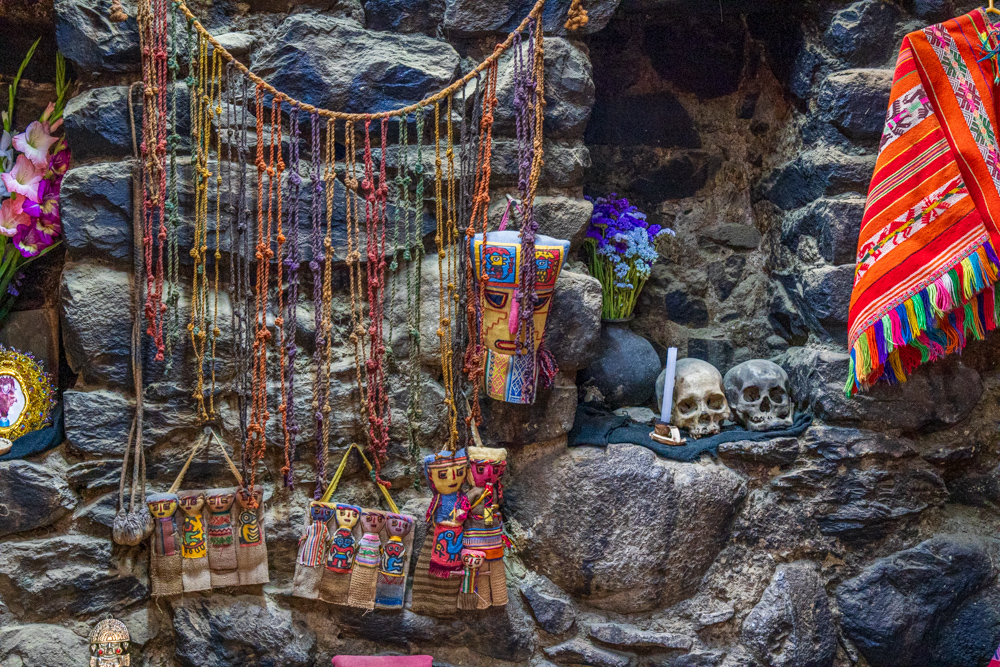
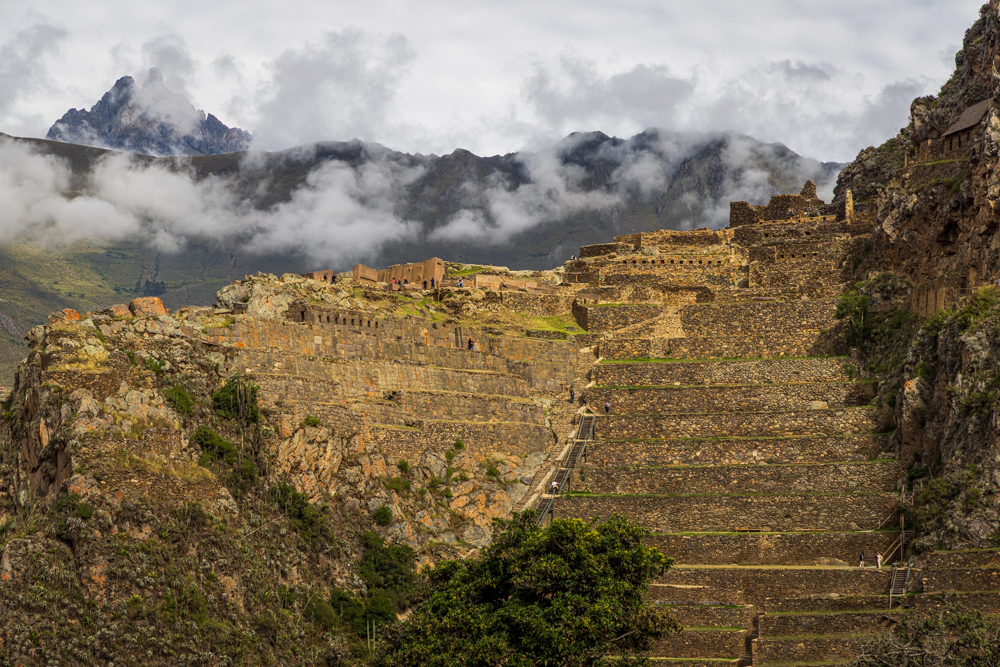
During the Inca Empire, Ollantaytambo was the royal estate of Emperor Pachacuti, who conquered the region and built the town and a ceremonial center. At the time of the Spanish conquest, it served as a stronghold for Manco Inca Yupanqui, leader of the Inca resistance.
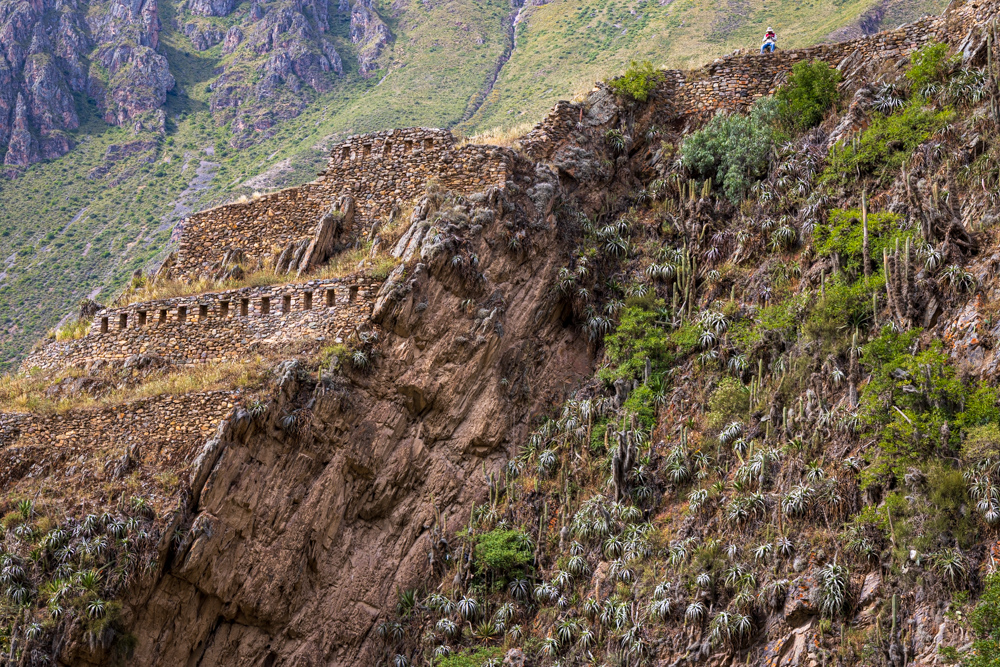
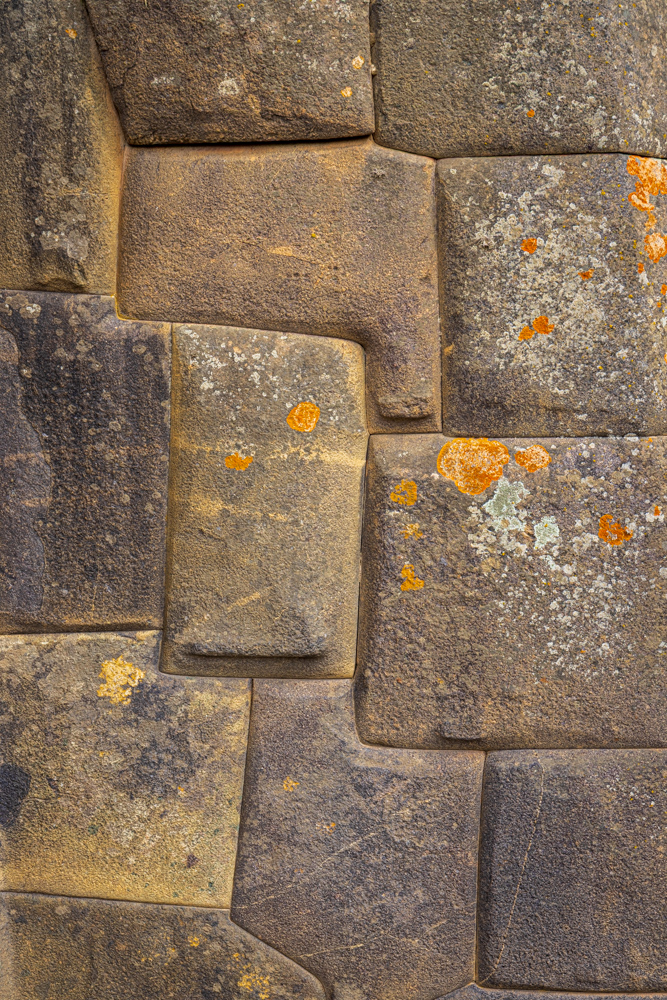
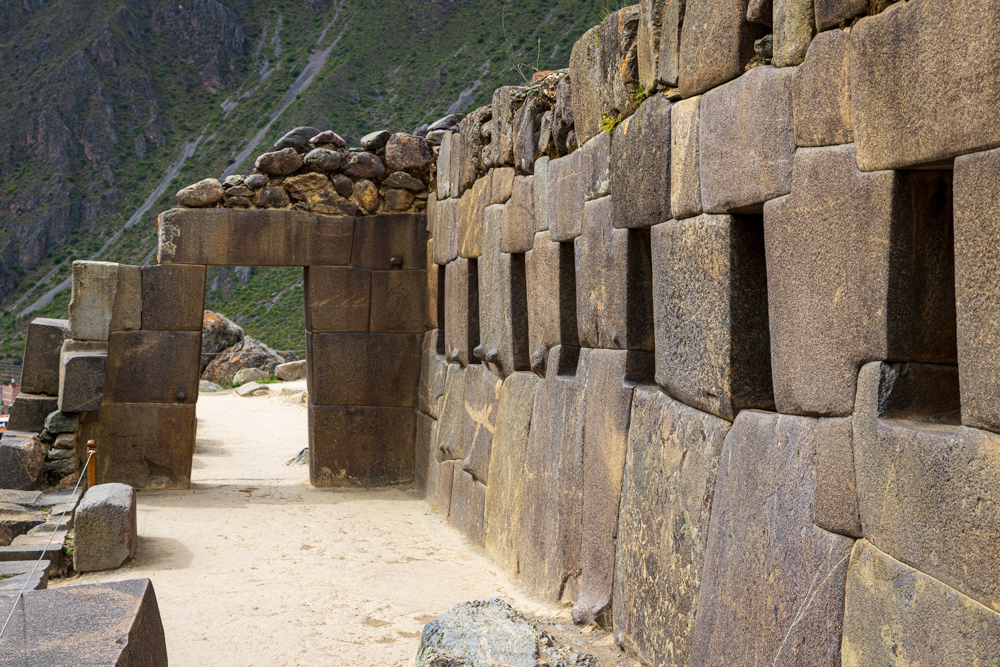
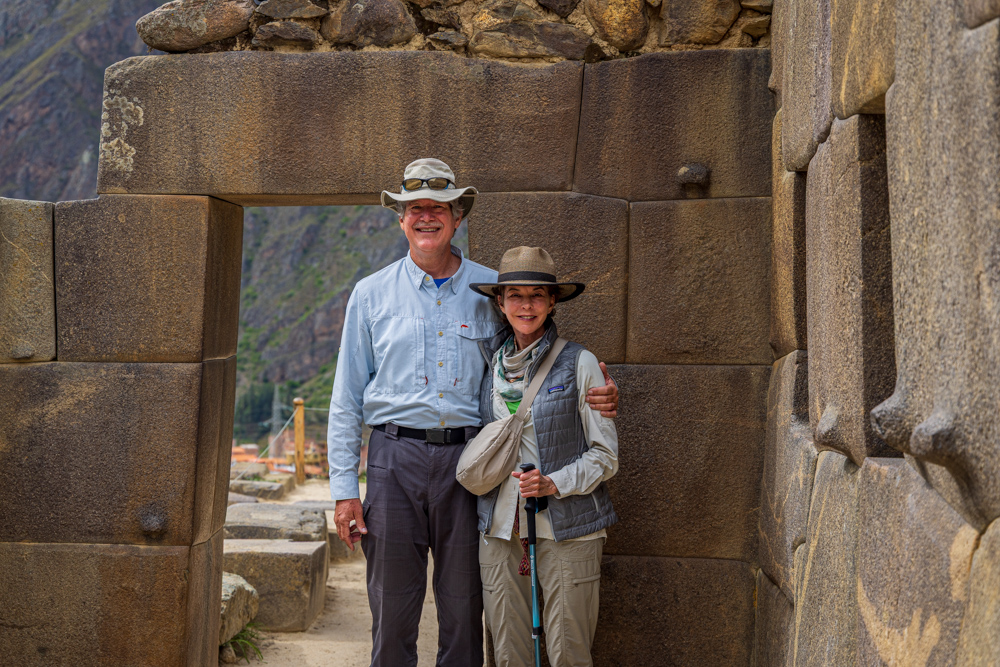
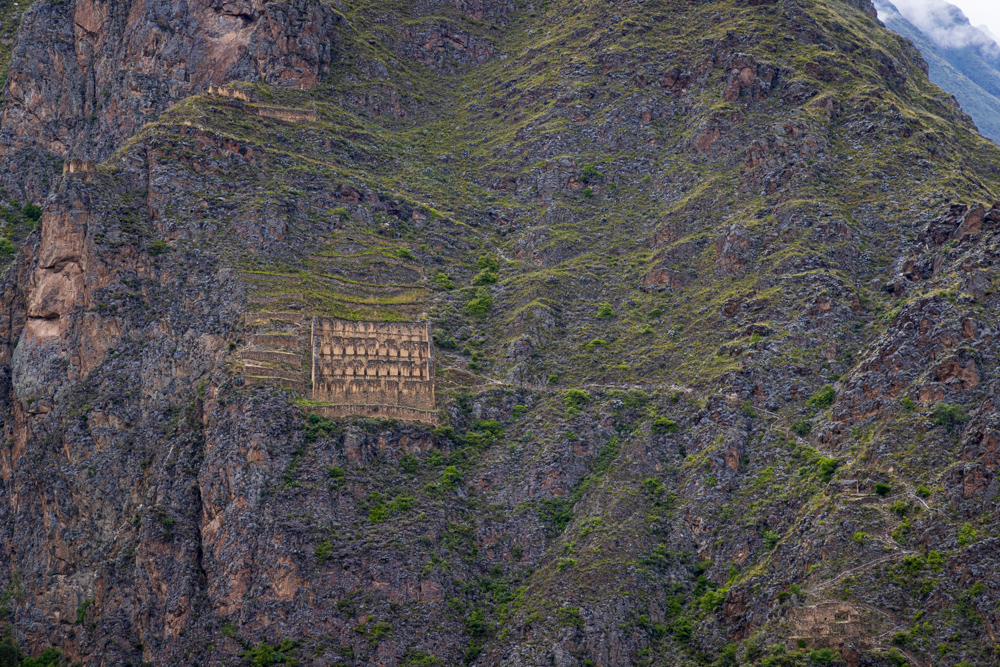

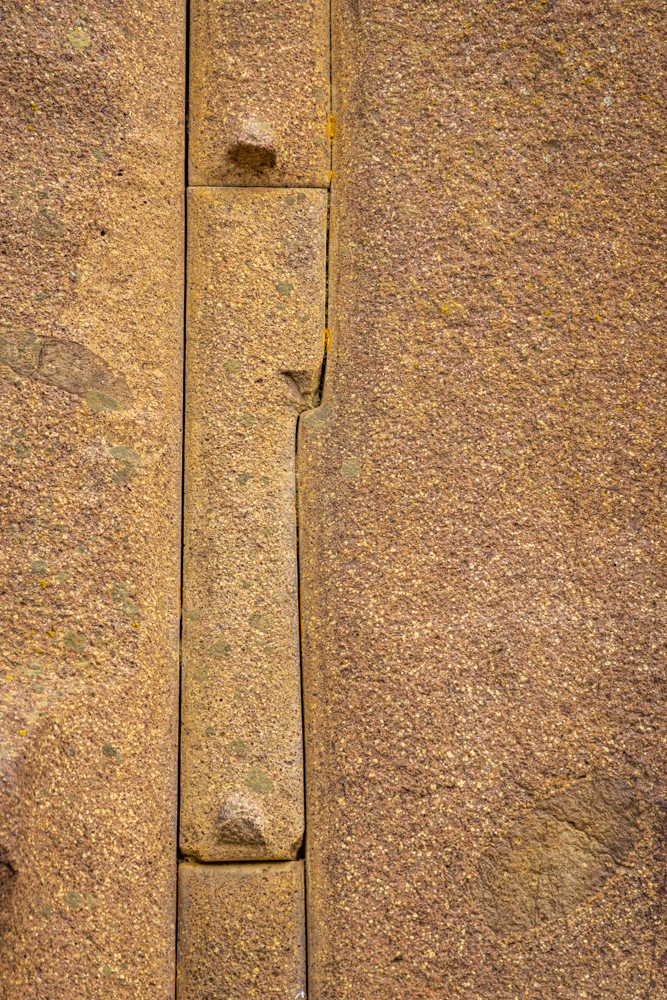
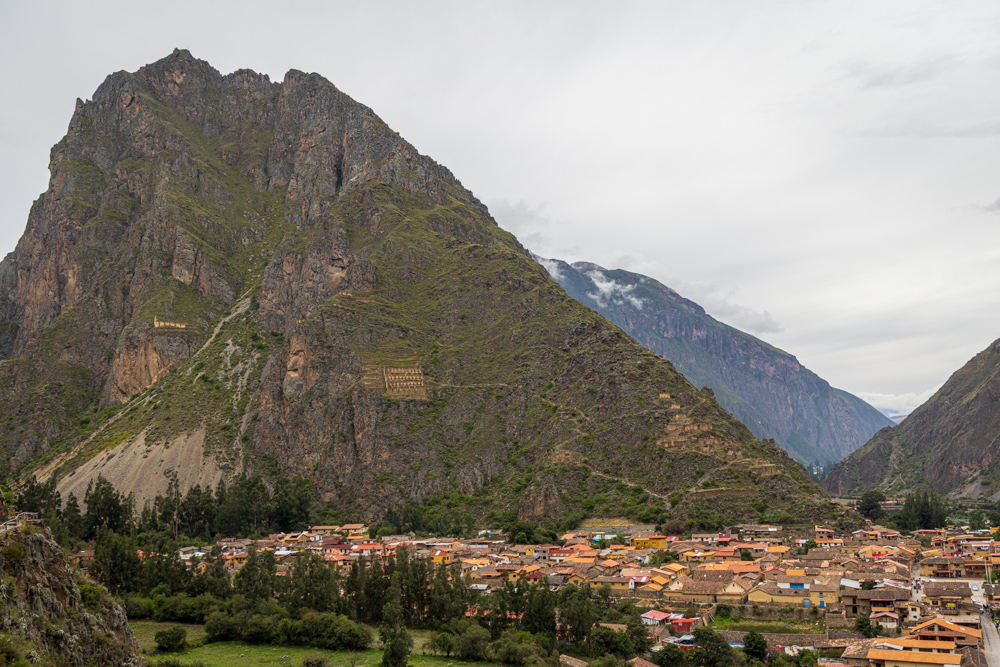
From here we traveled a short way to the train station to catch the train to Machu Picchu.
It is from this town that the four-day Inca Trail hike to Machu Picchu begins.
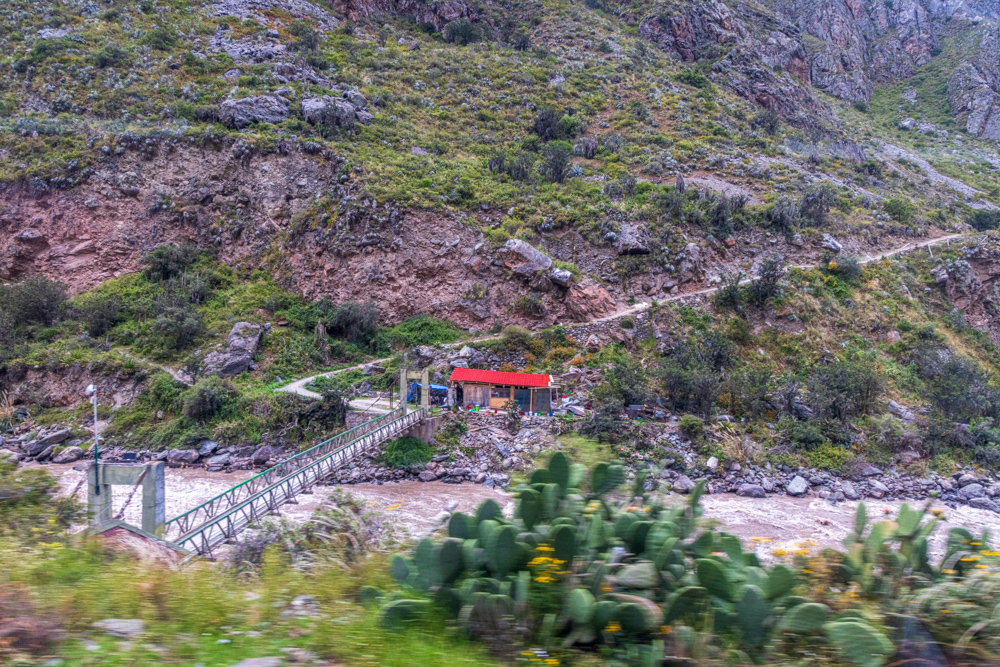
The rushing Urubamba River which we followed all the way to Aguas Calientes.

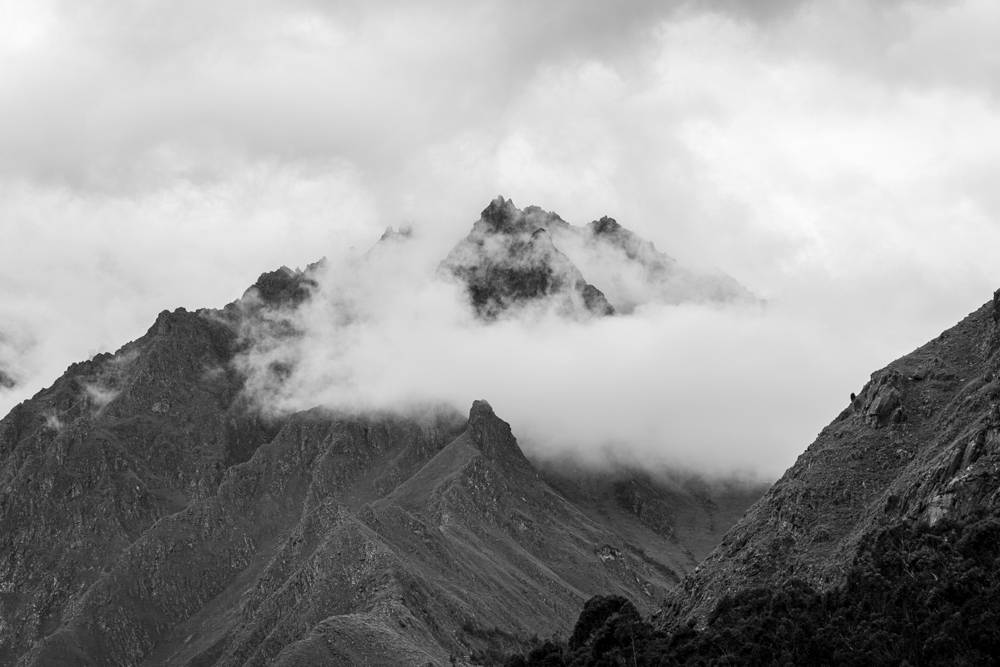
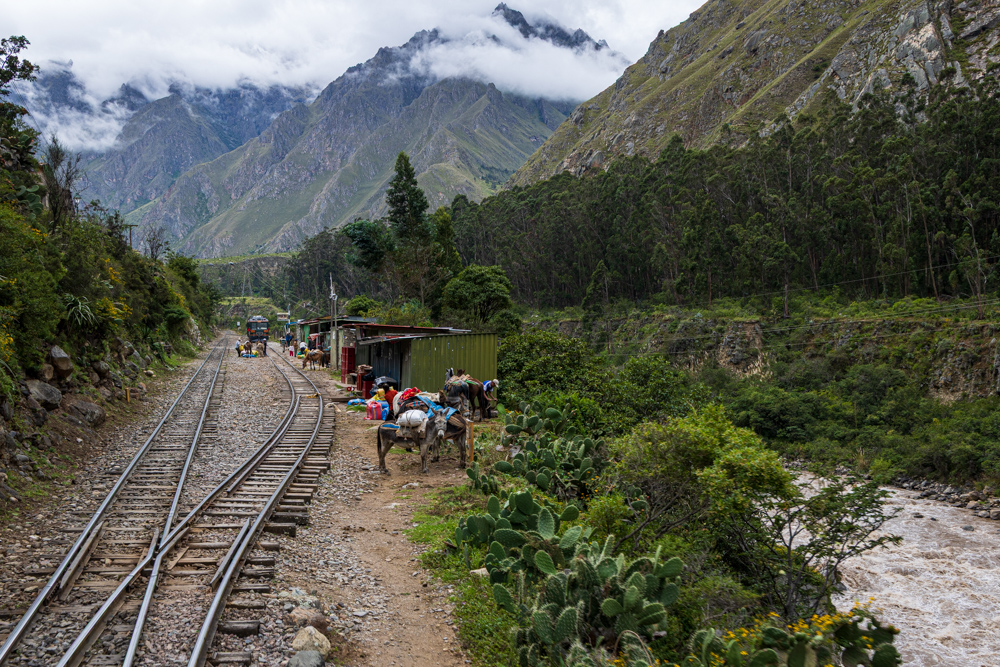
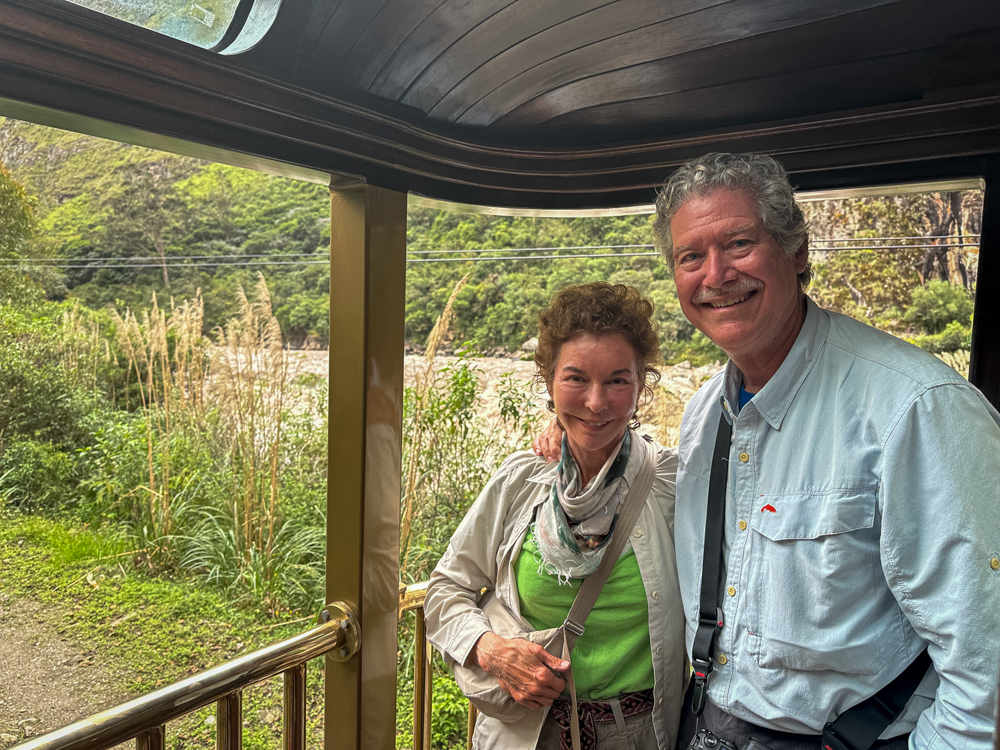
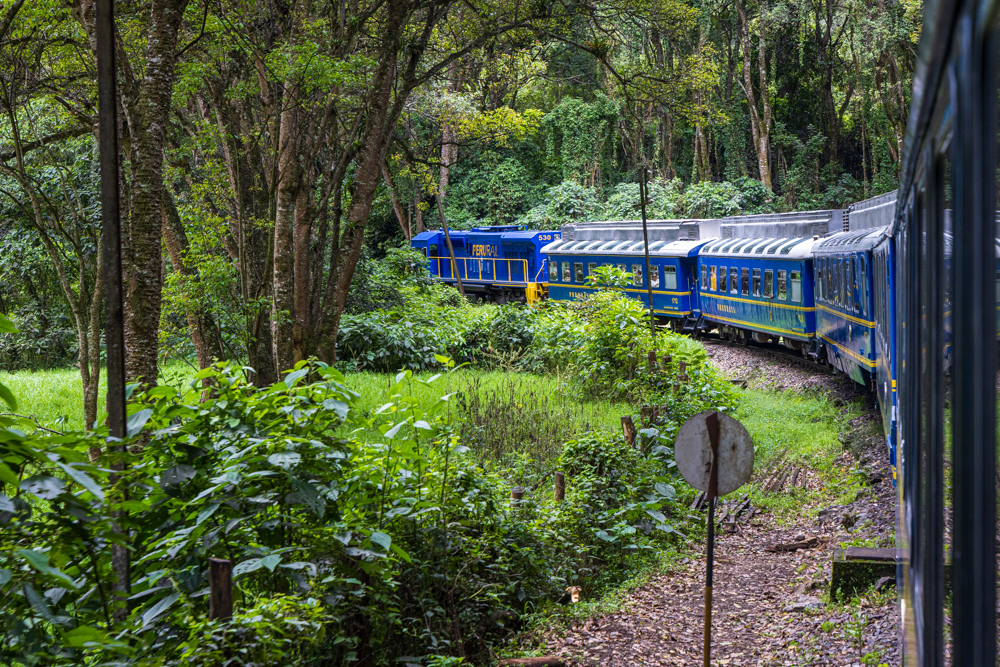

The river Aguas Calientes flows through the middle of town.
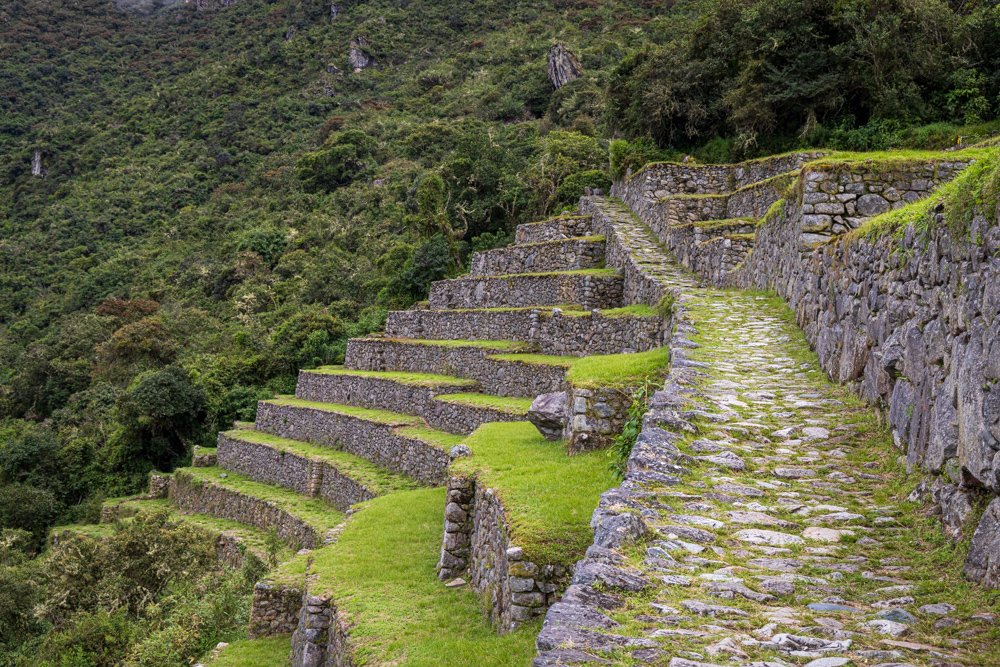
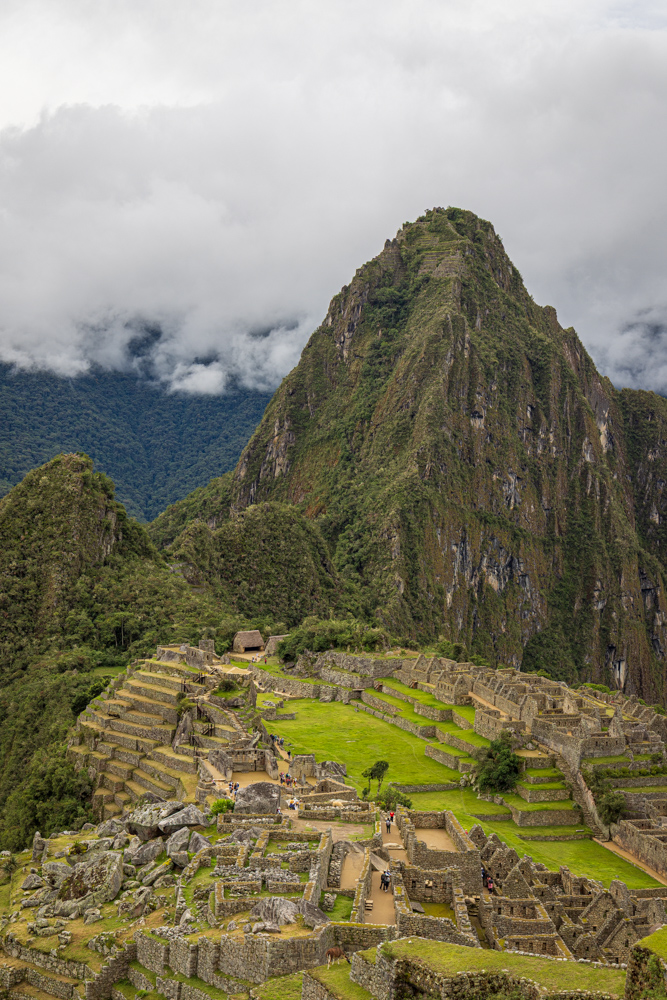
Fortunately the Spaniards never reached Machu Picchu, so it is relatively intact. Unfortunately that means that there are no written records of the site. So the uses of the buildings and site are pretty much speculation.
Most recent archaeologists believe that Machu Picchu was constructed as an estate for the Inca emperor Pachacuti (1438-1472). The Incas built the estate around 1450 but abandoned it a century later, at the time of the Spanish conquest.
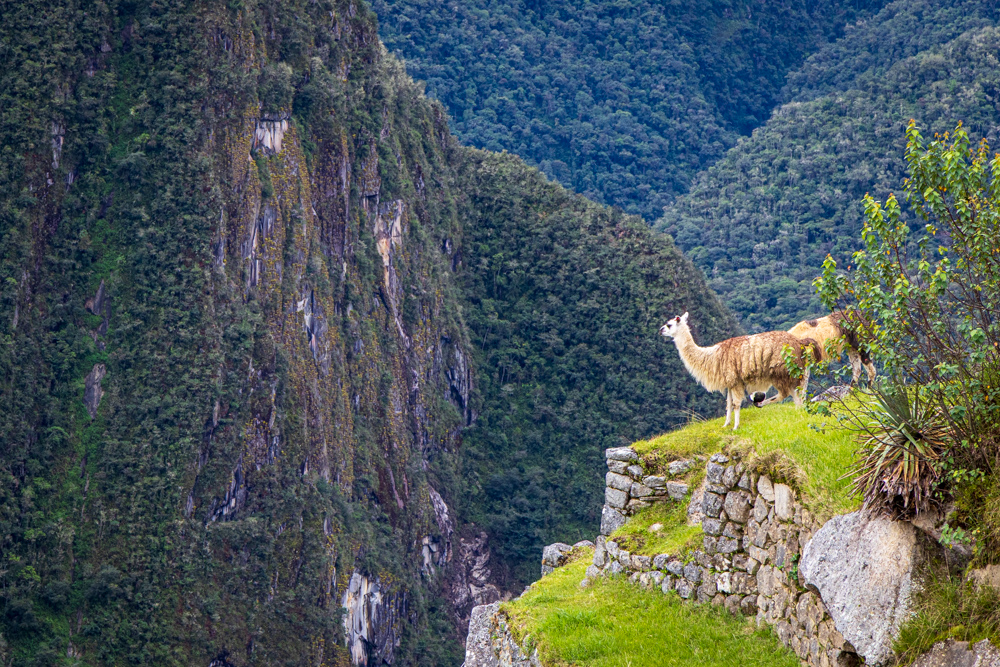

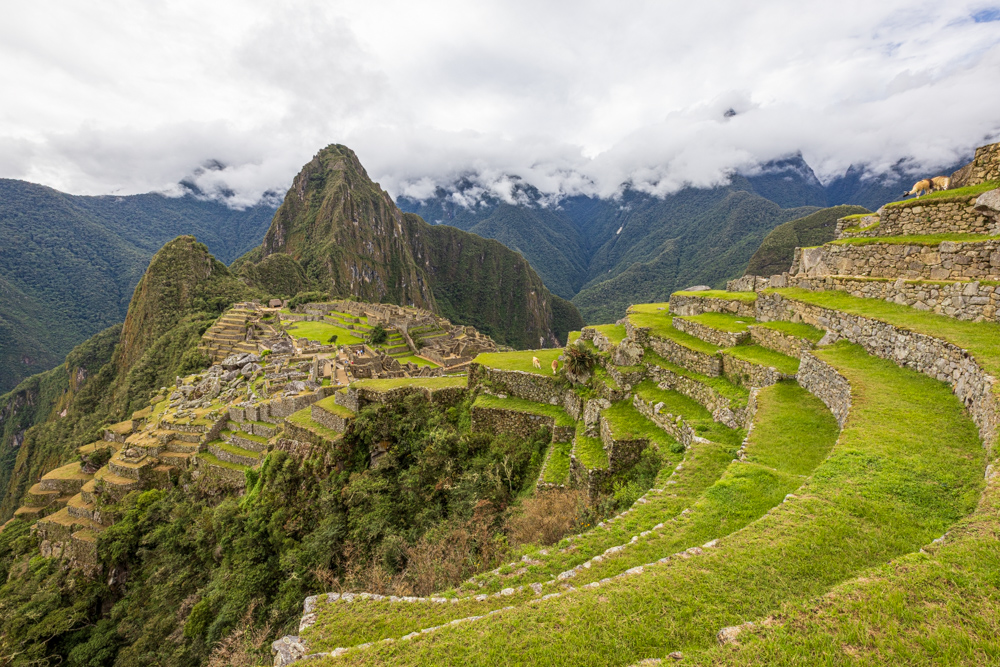
Machu Picchu is the name of the mountain the site sits on.

During its use as a city, it is estimated that about 750 people lived there.
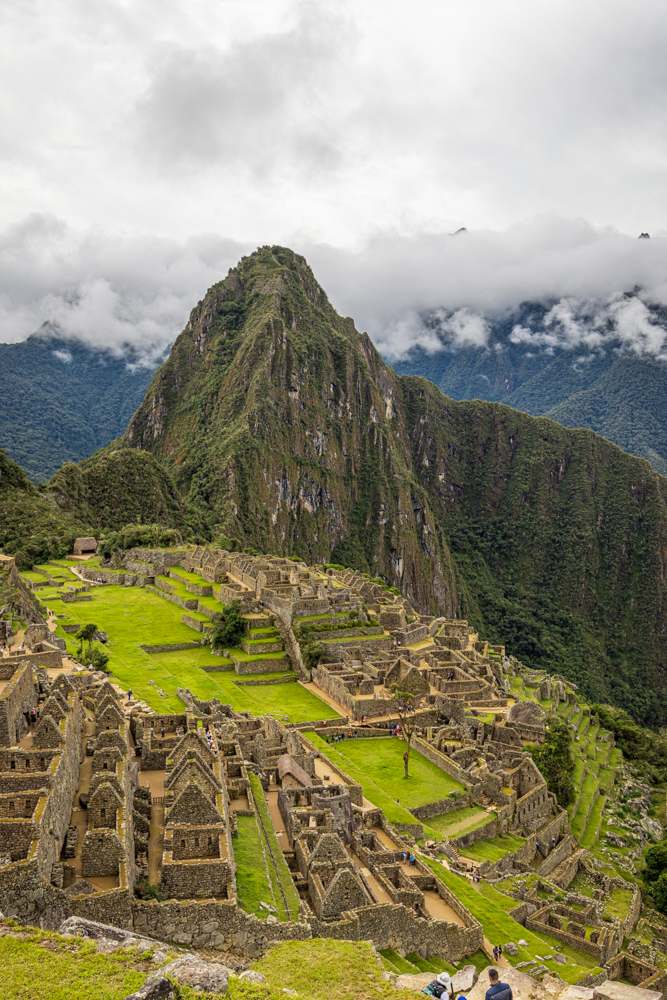
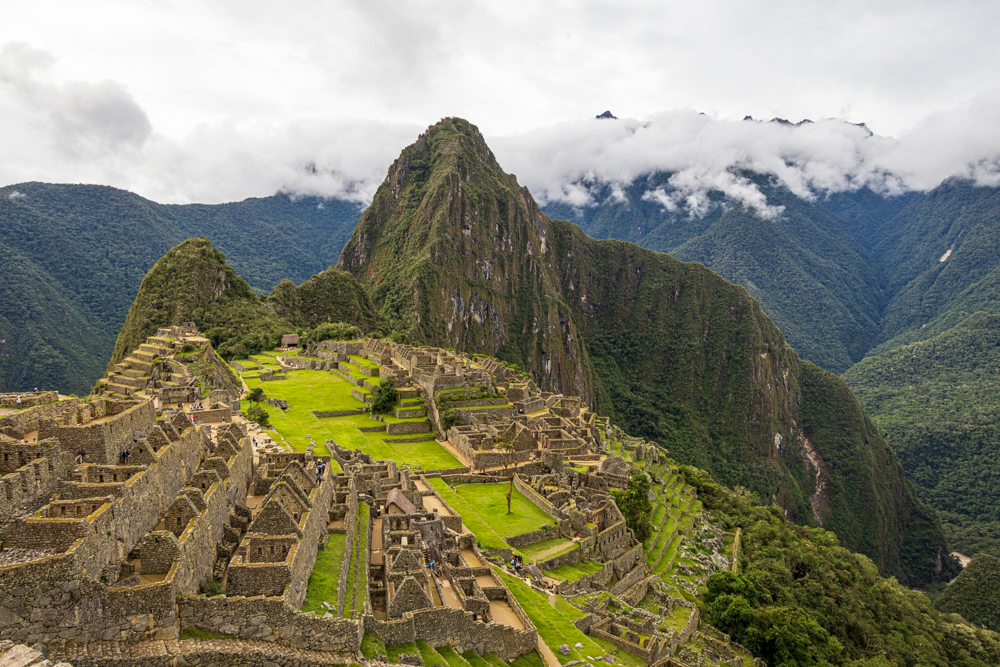
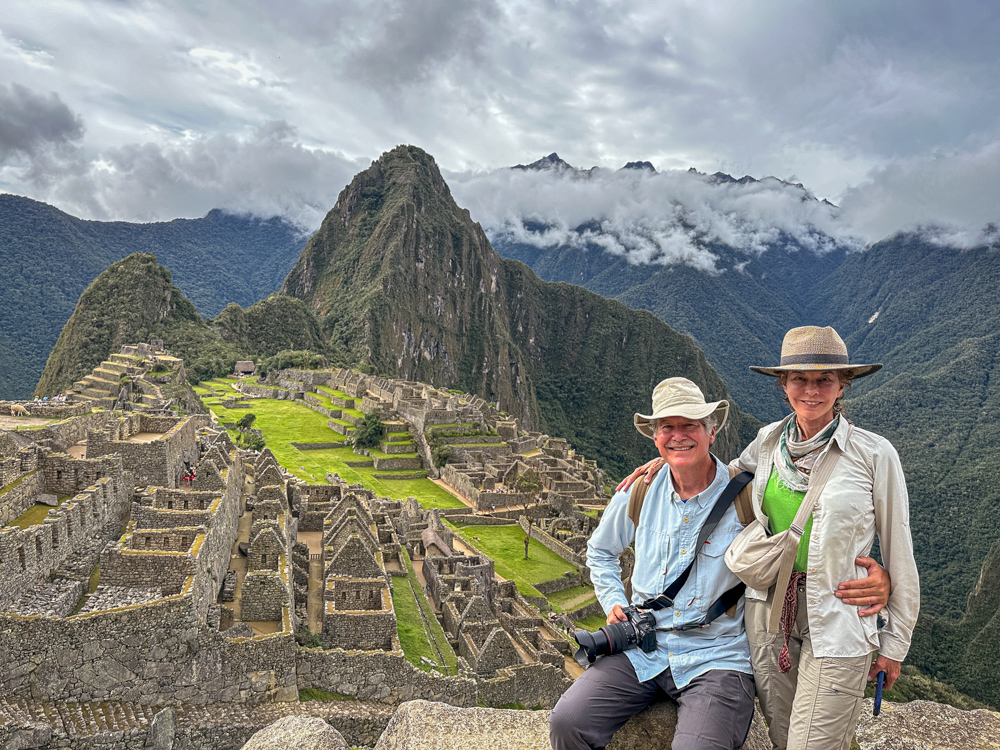

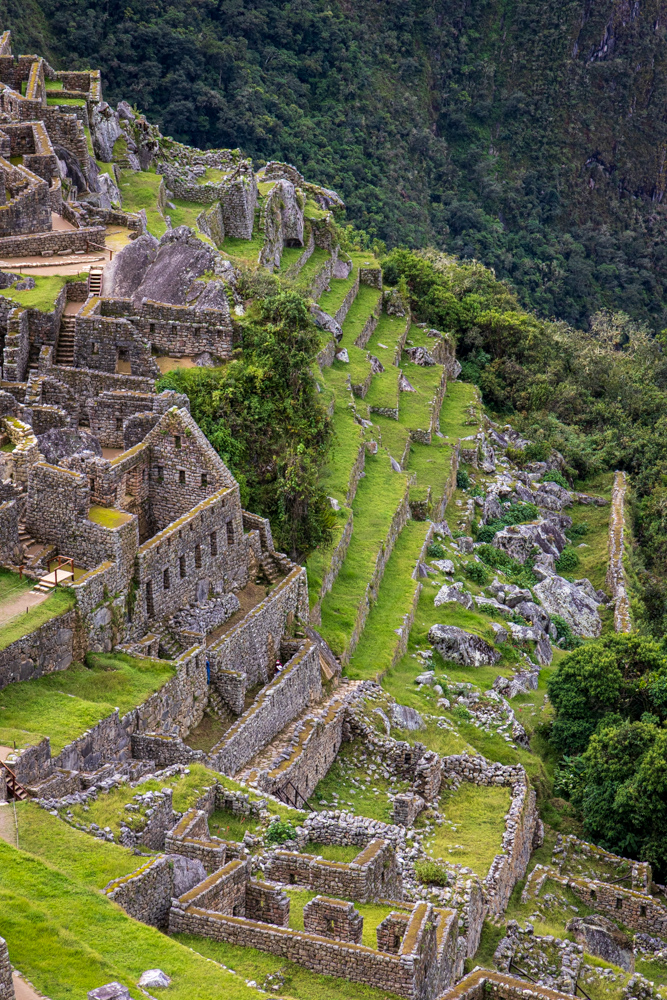
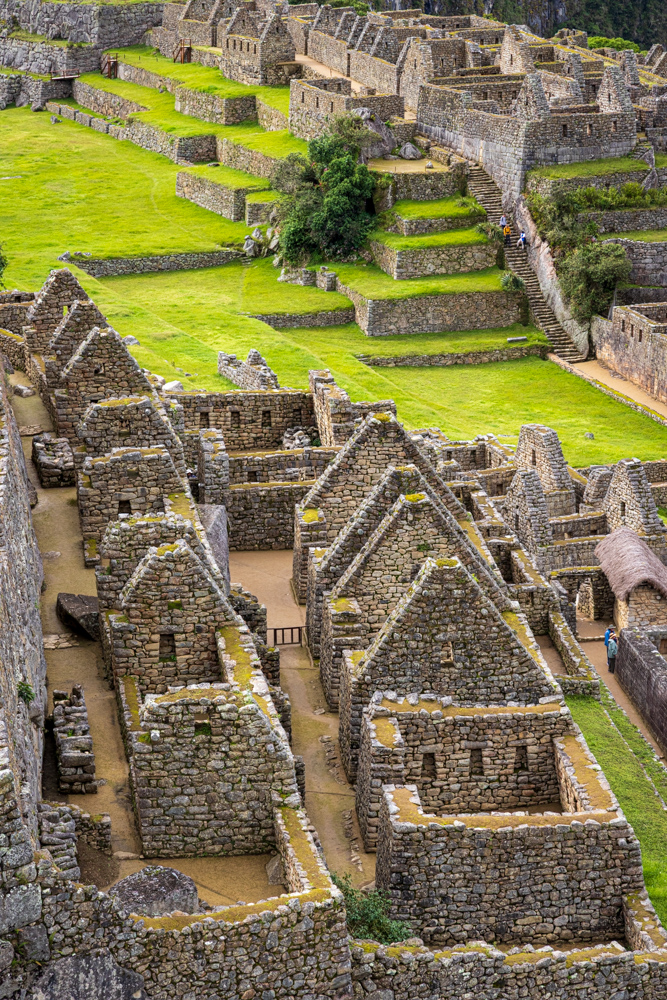
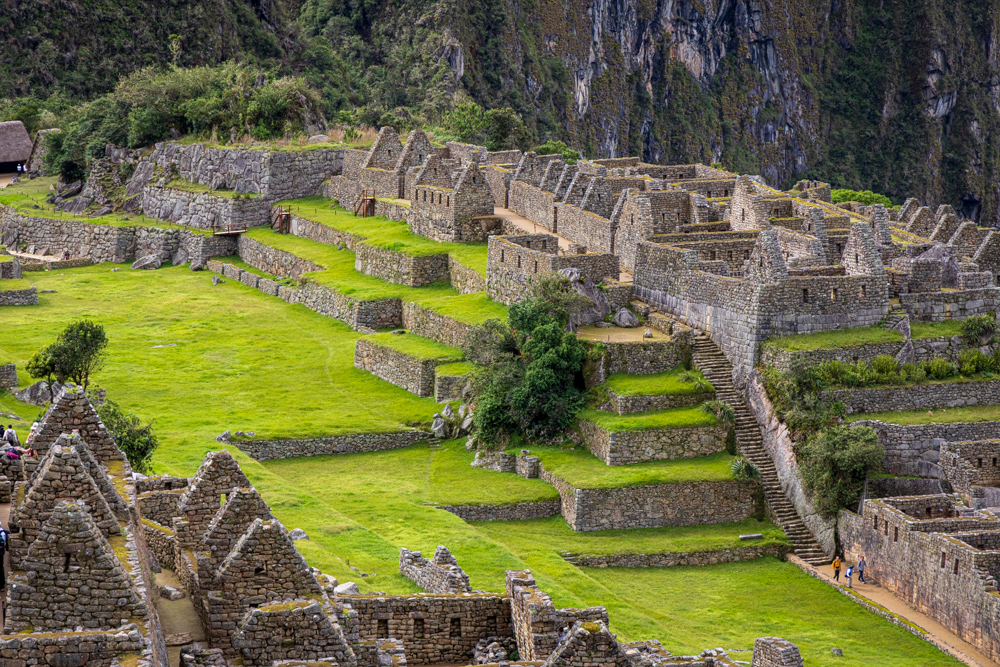
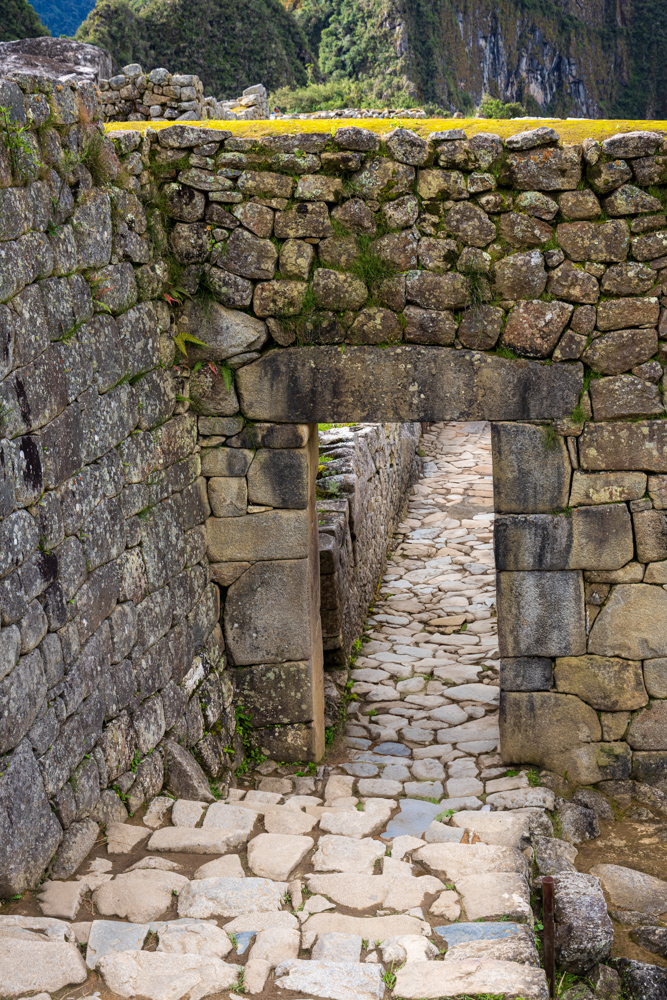

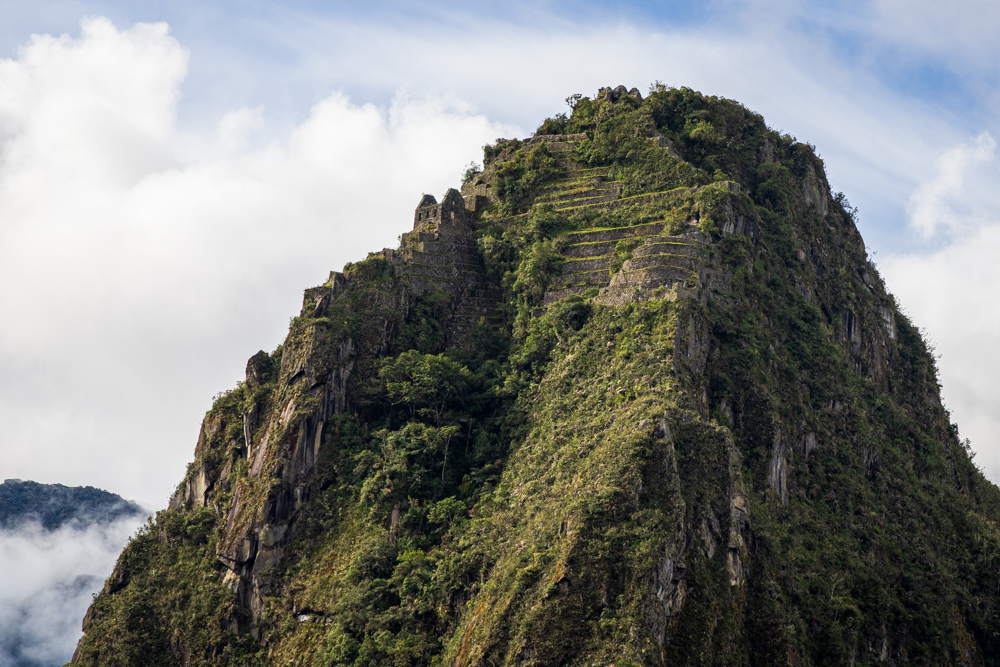
The Incas built a trail up the side of the Huayna Picchu and built temples and terraces on its top.
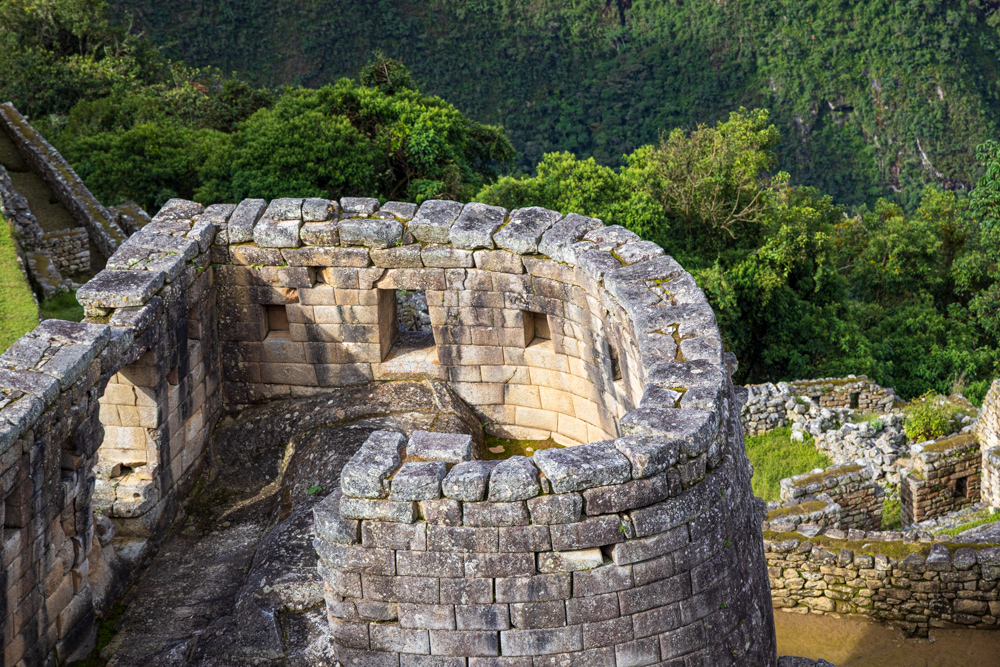
This semicircular temple is similar to the Temple of the Sun found in Cusco and the Temple of the Sun found in Pisac.
